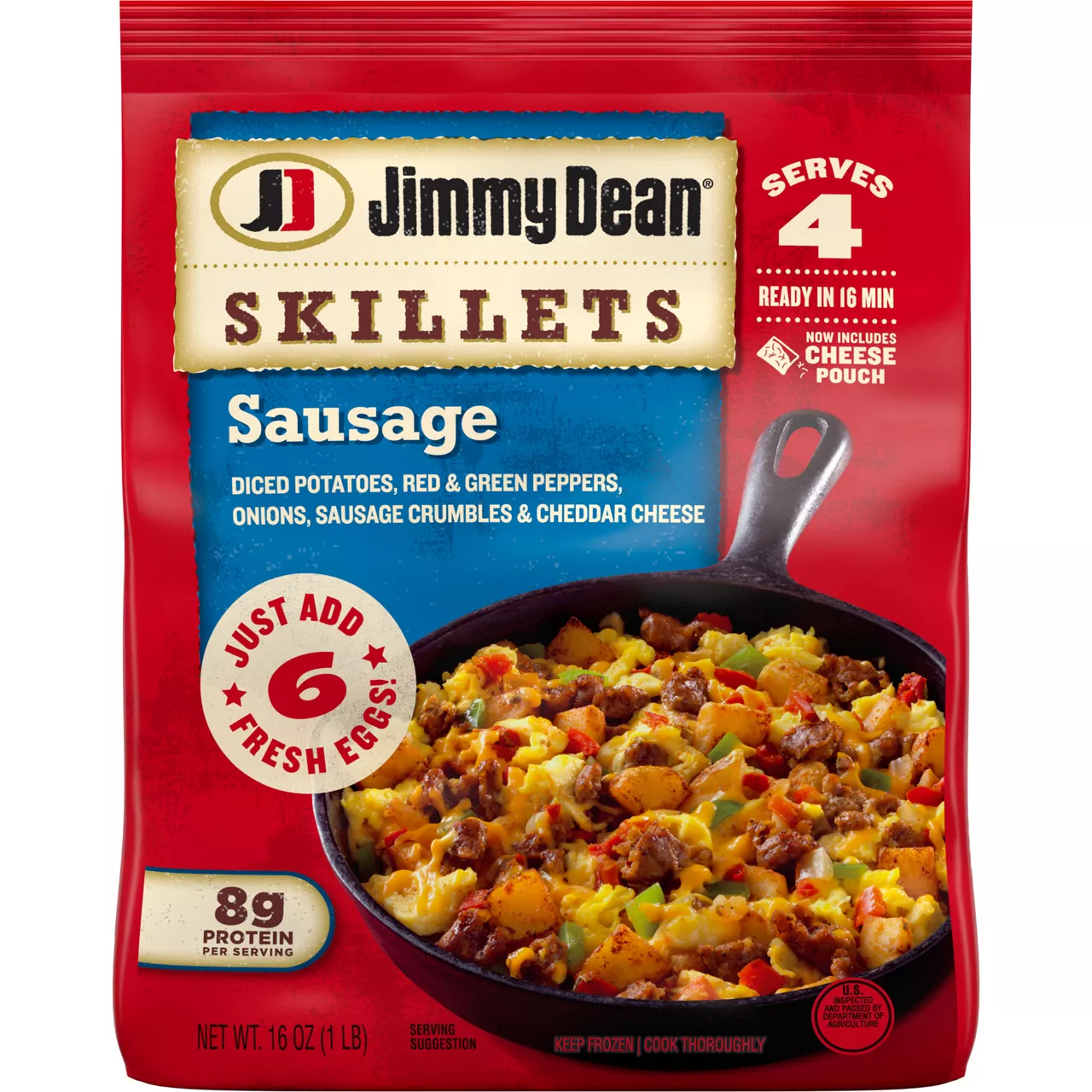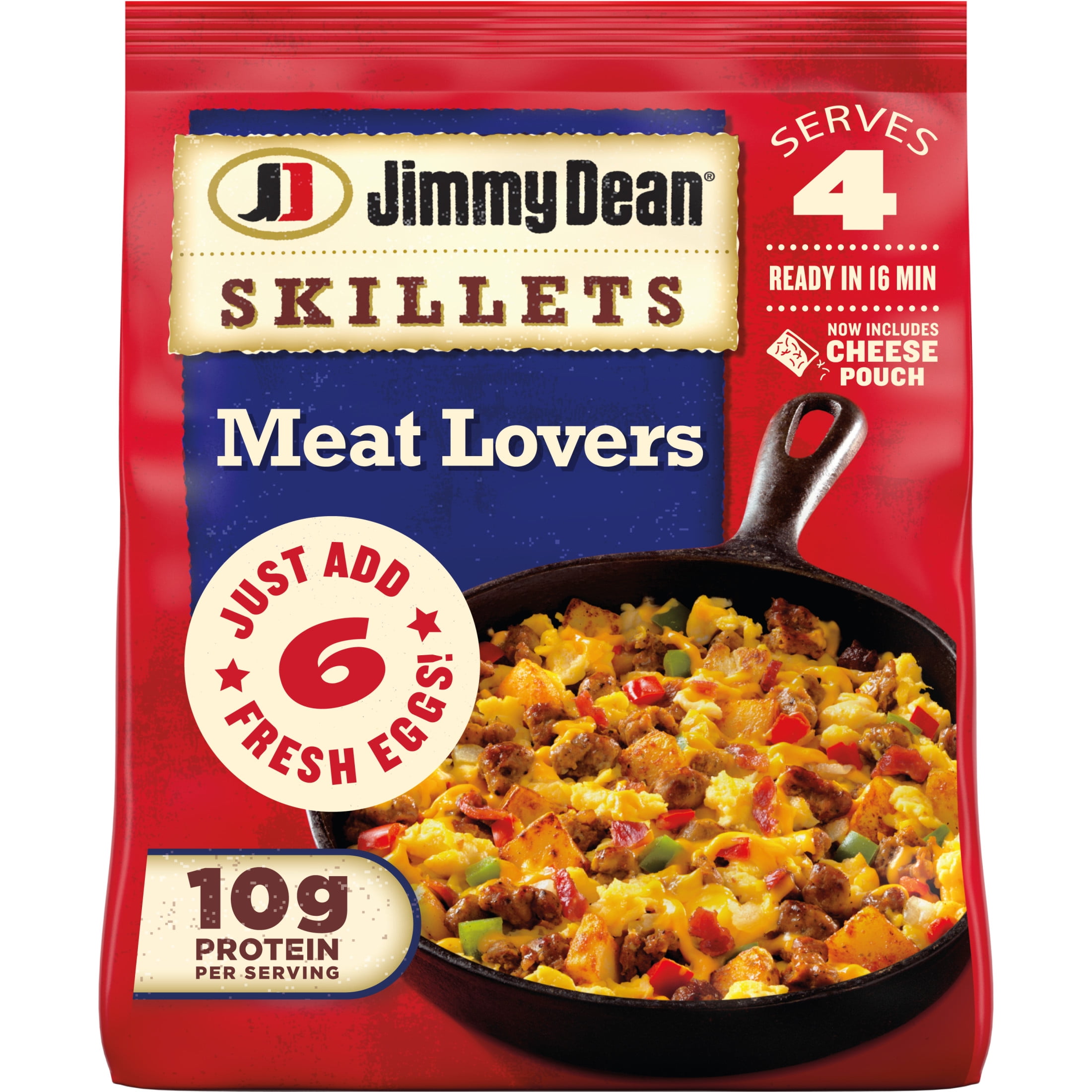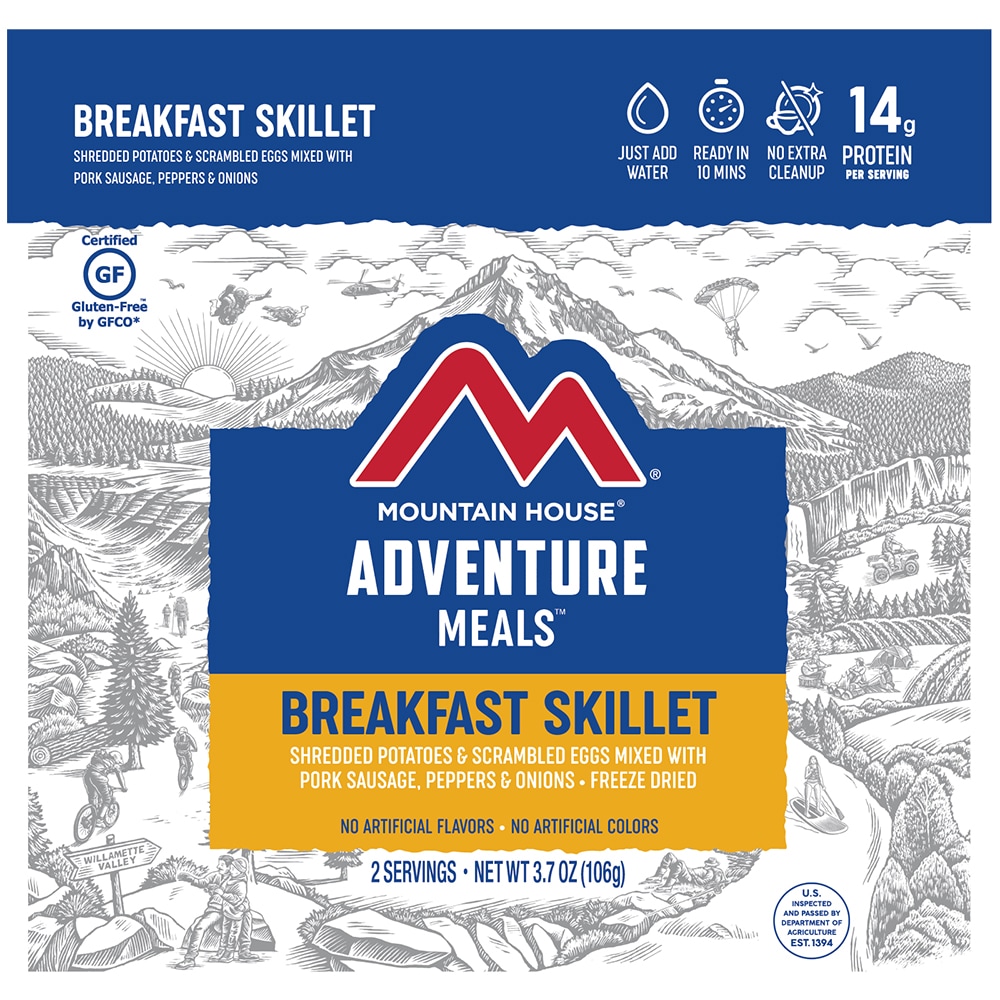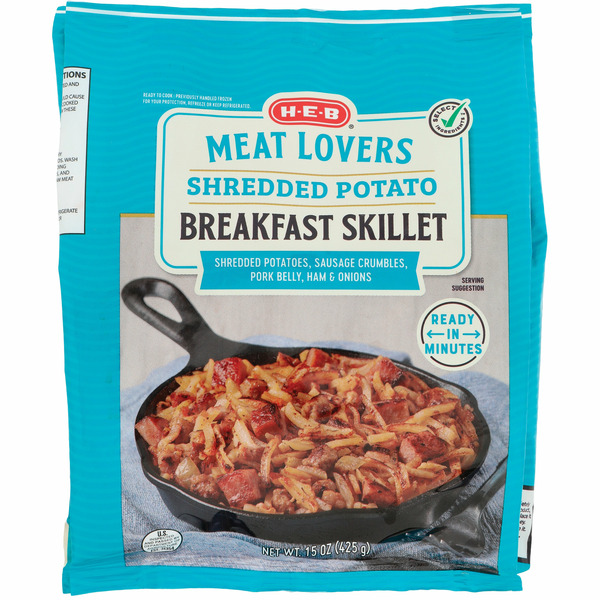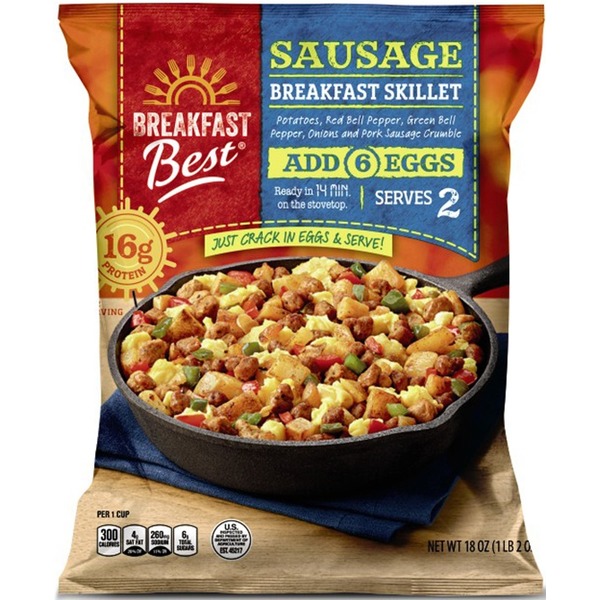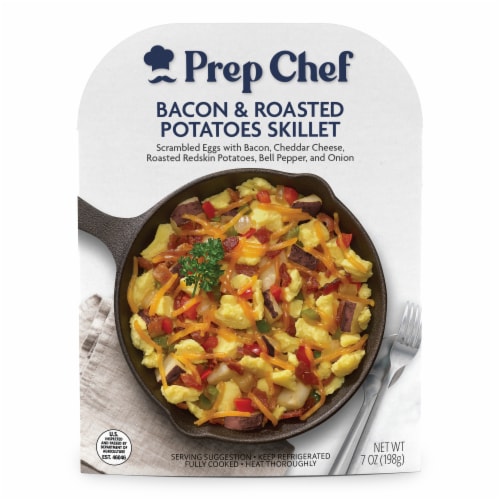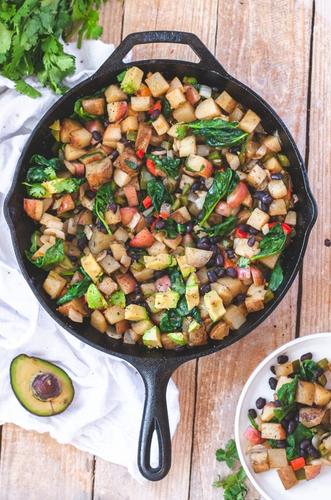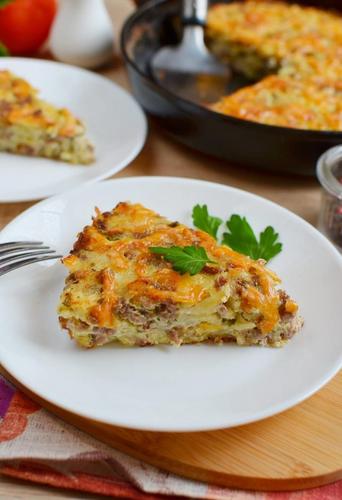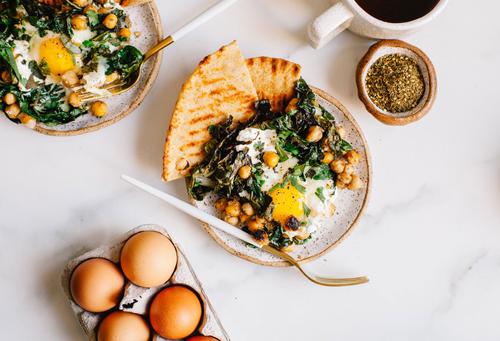Breakfast Skillet
The Breakfast Skillet is an indispensable tool for any home cook who appreciates the importance of a hearty morning meal. Made from durable materials like iron or steel, its design aims for evenly distributed heat for consistent cooking and easy flipping of pancakes or eggs, making it the key to perfect breakfast dishes.
What sets the Breakfast Skillet apart is its multi-functionality. You can use it to cook anything from bacon to hash browns, all in one pan, saving you time on washing up. With its help, your family can indulge in restaurant-grade breakfasts right in your kitchen.
50%
CARBS
33%
FAT
17%
PROTEIN
38 Breakfast Skillet Products
Jimmy Dean Sausage Breakfast Skillet
Jimmy Dean Skillets Meat Lovers, Frozen Breakfast
H-E-B Diced Potato Breakfast Skillet – Chorizo
Jimmy Dean Skillets, Sausage
Mountain House® Freeze Dried Adventure Meals - Breakfast Skillet
H-E-B Shredded Potato Breakfast Skillet – Meat Lovers
Turkey Sausage, Sweet Potato, Kale, Three Cheese Blend & Onion Skillets, Turkey Sausage, Sweet Potato, Kale, Three Cheese Blend & Onion
Atkins Sausage Scramble, Farmhouse-Style
Breakfast Best Sausage Breakfast Skillet
Prep Chef Bacon & Roasted Potatoes Skillet
8 Recipes for Breakfast Skillet
1
Hearty Veggie-Bean Breakfast Hash
3
Turkish Menemen Breakfast Skillet
2
Savory Steak and Sweet Potato Breakfast Skillet
4
Hearty Salsa-Turkey Breakfast Skillet
3
Hearty Veggie-Loaded Breakfast Skillet
Easy Potato Skillet Breakfast
13
Sausage, Potato and Egg Skillet
Mediterranean-Spiced Yogurt and Egg Breakfast Skillet
Breakfast Skillet FAQ
When it comes to cooking a breakfast skillet, most novices get caught up in misconceptions about the cooking order, heat setting, the type of skillet to use, and balancing flavors. A common mistake is overcrowding the pan, which prevents even cooking and may result in some ingredients being overcooked and others undercooked. Another common misstep is using a non-stick skillet instead of cast iron skillets - the latter retains heat more uniformly and imparts a doable flavor to the food.
To make the most of a breakfast skillet, it's key to cook components separately when needed, then combine them at the end, which allows each ingredient to be cooked to perfection. For extra flavor, using the renderings from the bacon or sausage to cook the other components can really make the dish pop.
One well-kept secret in cooking a fantastic breakfast skillet is the addition of a small amount of sugar - this can caramelize and give your dish a unique flavor profile.
Can I prepare a breakfast skillet the night before?
What type of skillet is best for a breakfast skillet?
Which ingredients should I cook first in a breakfast skillet?
How do I prevent my ingredients from being overcooked or undercooked?
How do I manage the heat while cooking with a skillet?
Can I use a non-stick skillet instead of a cast iron skillet?
What is the best way to balance flavors in a breakfast skillet?
Why is my breakfast skillet sticking?
How can I make my breakfast skillet more flavorful?
Can I bake my breakfast skillet?
Health Info
Macros
22g
CARBS
17g
FAT
13g
PROTEIN
Allowed on these diets
GLUTEN FREE
Contains these allergens
EGGS

